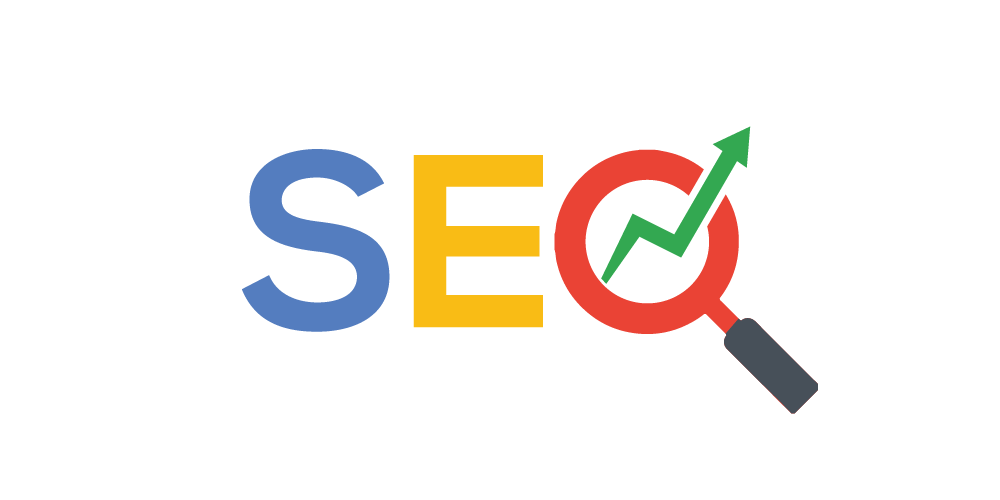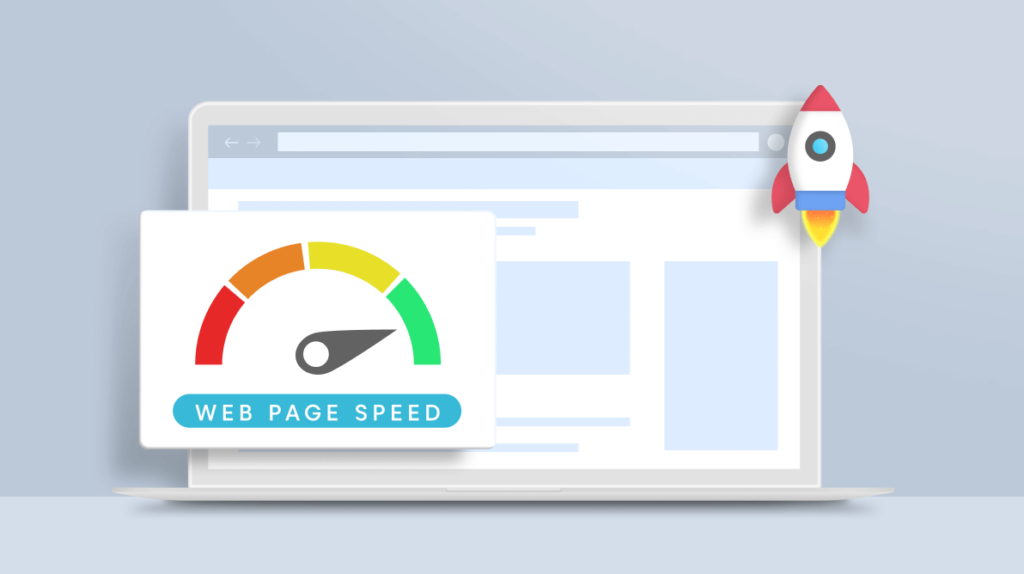In today’s fast-paced digital world, users expect websites to load quickly. Whether they are browsing on their phones, tablets, or desktops, slow-loading sites can lead to frustrated visitors and ultimately hurt your business. Website speed is no longer just a nice-to-have feature—it’s a crucial factor that affects user experience, SEO, and your bottom line.
In this post, we’ll explore why website speed is so important and provide actionable tips on how to improve it.
Why Website Speed Matters
Website speed refers to how quickly a web page loads and becomes fully interactive for the user. In the age of instant gratification, even a few seconds of delay can have a significant impact on your website’s performance. Here’s why speed is critical:
1. User Experience (UX)

The most obvious reason why website speed is essential is that it directly affects the user experience. If your site takes too long to load, visitors are more likely to leave and never return. Studies have shown that 47% of users expect a webpage to load in two seconds or less, and 40% will abandon a site that takes more than three seconds to load. A fast website keeps users engaged and helps create a positive experience.
2. SEO and Search Engine Rankings

Google and other search engines prioritize fast-loading websites in their rankings. Since 2018, Google has considered page speed a ranking factor in both mobile and desktop searches. A slow site can negatively impact your SEO efforts, causing you to drop in search engine rankings and lose valuable traffic. Improving your website speed can therefore help improve your search engine visibility and increase organic traffic.
3. Conversion Rates
Website speed directly impacts conversion rates. According to studies, a one-second delay in page load time can result in a 7% reduction in conversions. If your website is slow, users are less likely to make purchases, sign up for your newsletter, or complete any other desired action. Faster websites create a smoother path for visitors to complete transactions, resulting in better conversion rates and higher revenue.
4. Mobile Experience
With mobile internet usage continuing to rise, optimizing your site’s speed for mobile devices is essential. Mobile users are especially sensitive to slow-loading websites, as they may be browsing on slower networks or using devices with less processing power. A slow mobile site can lead to high bounce rates and loss of potential customers.
How to Improve Website Speed

Improving website speed can feel overwhelming, but there are several strategies you can implement to make your site faster and more efficient. Below are some of the most effective ways to improve website performance:
1. Optimize Images and Media Files
Images and other media files (videos, audio, etc.) are often the largest contributors to slow page load times. Ensure all images on your website are optimized for the web. This means compressing images without sacrificing quality and using the right file formats (e.g., JPEG for photos, PNG for images with transparency, WebP for high-quality compression).
- Use image compression tools like TinyPNG or ImageOptim.
- Implement lazy loading, which ensures images load only when they are in the user’s viewport (the visible area of the page).
- Use vector-based formats (like SVG) for logos and icons to reduce file sizes.
2. Minimize HTTP Requests
Each element on your webpage—images, stylesheets, scripts, etc.—requires an HTTP request to load. More elements mean more requests, which can slow down your site. Minimizing HTTP requests is a crucial way to improve website speed.
- Consolidate CSS and JavaScript files into one file each to reduce the number of requests.
- Use CSS sprites to combine multiple images into a single image file, which reduces the number of image requests.
3. Enable Browser Caching
Browser caching allows a website to store certain elements (images, stylesheets, scripts) on the user’s device so they don’t need to be reloaded every time the page is visited. This improves page load times for repeat visitors.
To enable browser caching, you can add caching rules to your website’s configuration. If you’re using a content management system (CMS) like WordPress, there are plugins (e.g., W3 Total Cache or WP Super Cache) that can help you set this up easily.
4. Use a Content Delivery Network (CDN)
A Content Delivery Network (CDN) is a network of servers located around the world that stores copies of your website’s static content. When a user visits your site, the CDN serves the content from the server closest to them, reducing latency and improving load times.
CDNs can dramatically improve your site speed, especially for international visitors. Popular CDN providers include Cloudflare, Akamai, and Amazon CloudFront.
5. Minify CSS, JavaScript, and HTML
Minification is the process of removing unnecessary characters (such as spaces, line breaks, and comments) from CSS, JavaScript, and HTML files to reduce their size. Smaller files mean faster load times.
You can use tools like UglifyJS (for JavaScript) and CSSNano (for CSS) to minify your code manually. Alternatively, many CMS platforms and website builders offer plugins to automate this process.
6. Optimize Your Website’s Hosting
The quality of your hosting provider plays a significant role in your website’s performance. Choosing a fast, reliable web host is essential to ensuring fast load times.
- Shared hosting can be slow, as multiple websites share the same resources on a single server. Consider dedicated hosting or VPS hosting for better performance.
- If you expect high traffic or have a resource-heavy website, consider using managed WordPress hosting or a specialized server solution tailored to your needs.
7. Implement GZIP Compression
GZIP compression reduces the size of files sent from your server to your users’ browsers, which in turn reduces load times. Most modern web servers support GZIP compression by default, but you may need to configure it.
If you’re using a CMS like WordPress, plugins such as WP Rocket or Autoptimize can automatically enable GZIP compression.
8. Optimize Your Website’s Code
Clean, well-written code is essential for optimal website speed. Ensure that your website’s code is efficient and doesn’t contain redundant or unnecessary elements.
- Remove unused CSS and JavaScript to reduce the amount of code your site needs to load.
- Use asynchronous loading for JavaScript, which allows scripts to load in parallel without blocking other resources from loading.
Conclusion
Website speed is a crucial aspect of user experience, SEO, and conversions. Slow-loading websites not only frustrate visitors but can also harm your business in terms of lower search engine rankings, fewer conversions, and diminished brand reputation.
Fortunately, improving your website speed is achievable by optimizing images, reducing HTTP requests, using caching, and employing CDNs, among other strategies. By implementing these steps, you can provide a faster, smoother experience for your users, which ultimately benefits your business’s bottom line.
Remember, website speed is an ongoing process, so be sure to regularly monitor your site’s performance and make improvements as needed to stay ahead of the competition.




